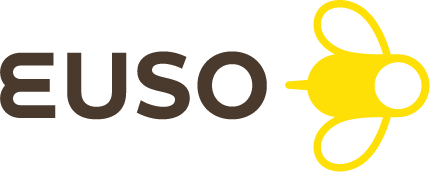Have you ever read through an entire article or webpage on a website?
I’m talking the whole thing, every word, from the first paragraph to the last – and all of a sudden finding yourself halfway through reading the comments too.
I know 9 times out of 10 I’ll read the first paragraph on a page and then skim the rest. It’s not very often I’ll read through a whole page and on top of that, actually absorb what I’m reading. So when I do find myself reading an entire article, it’s a nice surprise.
There’s a whole gamut of things that influence how engaging a webpage or a website is. The most important being is well written content and good presentation (design is really, really important). But, of all the articles I’ve read recently the thing I’ve found most interesting is the psychology & cognitive processes behind why ‘simple’ websites are better than more complex or ‘busy’ sites.
What makes a site ‘simple’ though? And why do our brains like it so much?
There’s a whole bunch of things that will contribute to what we perceive as ‘simple’. And achieving simplicity is, of course, not a simple task, much the same as minimalism requires acute attention to detail. Simplicity in web design, like anything else, requires careful planning and consideration.
One of the most important things that makes a site seem ‘simple’ to your brain is actually meeting people’s basic expectations of how websites usually work. For example: this involves putting elements where people expect them to be, and making these elements work how they’re expected to work. The best example of this would be putting the navigation & logo at the top of your site.
Your brain does weird and wonderful things with the visual information you see on the web. Basically, if we have to process anything slightly unexpected, like having the navigation in an unusual place, or text that’s hard to read, the brain will focus on these ‘disfluent’ elements and distract us from processing the content we’re looking at. Often we will even subconsciously reject a website if our brains are forced to work harder than they’re used to.
All this reminds me of the ‘form follows function’ principle – originally an architectural philosophy, it actually applies to all forms of design, furniture design, product design, software design and of course website design. Where the design of a website is purely dictated by its key purpose or key message, and anything that does not support or help communicate the key message of the site shouldn’t be included.
If science and websites are your thing check out this article: why ‘simple’ websites are scientifically better






